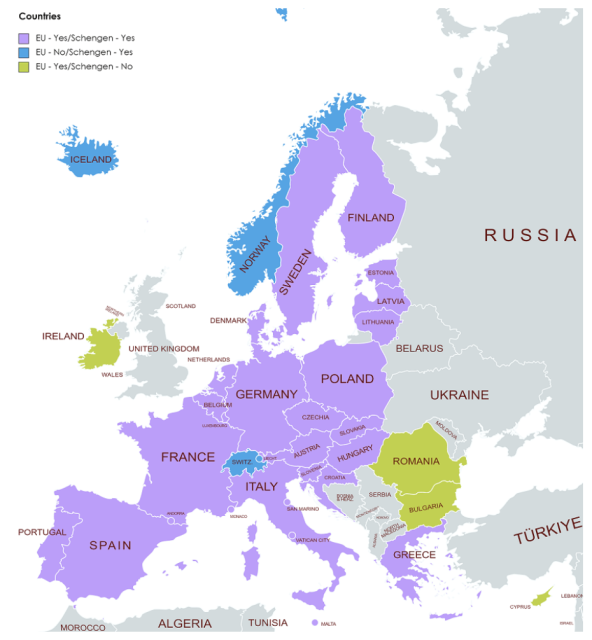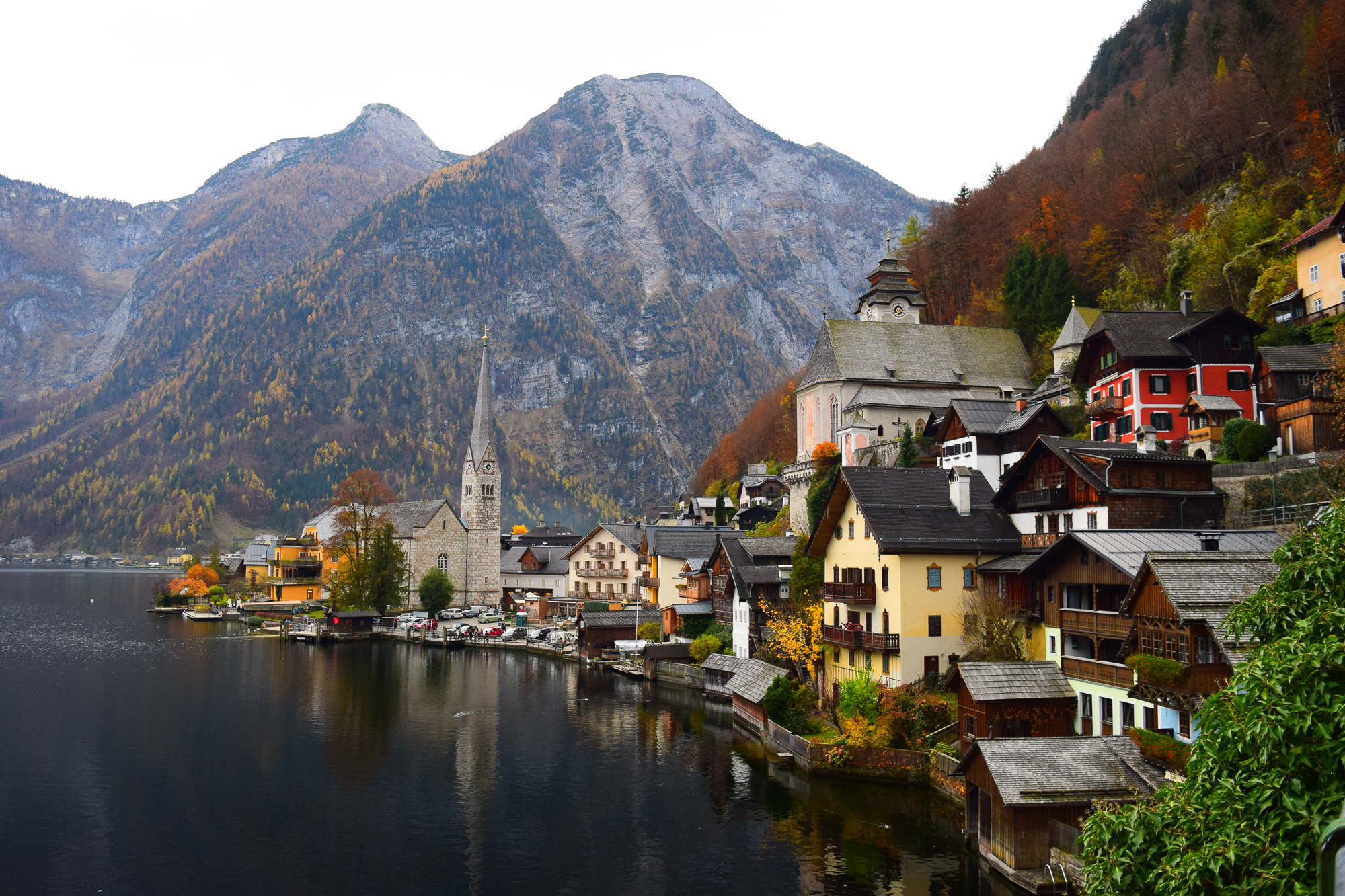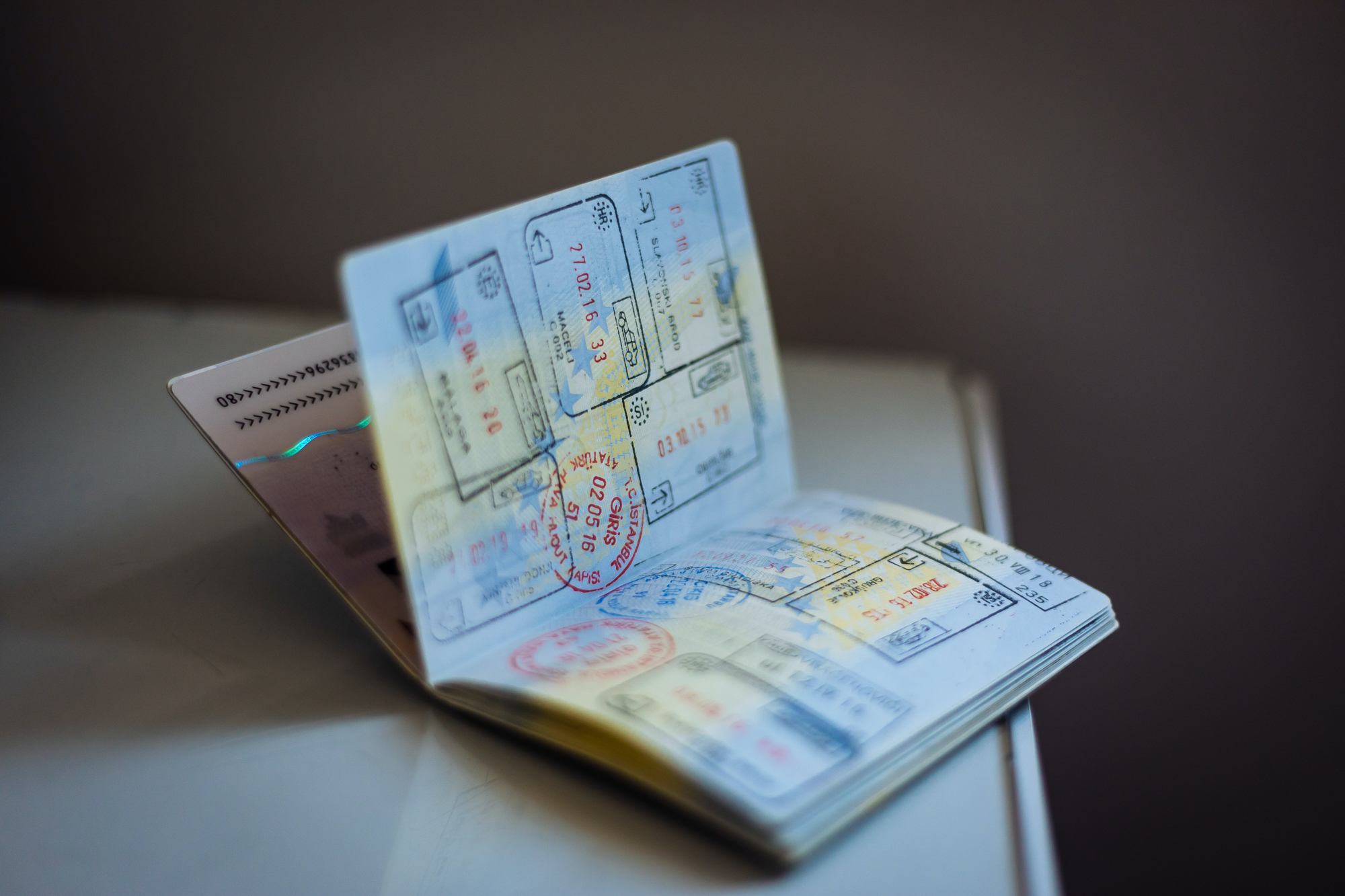Whether you’re a history buff, espresso fanatic, art lover, off-road adventurer (or a combination of the above), there are many compelling reasons to tour the European continent by vehicle. For North Americans, shorter driving distances and a wide variety of foods, languages, and scenery make the region a particularly rewarding travel destination. Or, perhaps you’re in the area to access Africa, Central Asia, or the Middle East, spend some time in Scandinavia, or complete that quintessential European road trip with a group of friends.
Whatever the reason for your visit, there are restrictions that non-European Union residents should be aware of. With few border crossings and paperwork, the region appears relatively straightforward to travel through. But for the long-term overlander, adhering to the required timelines set out by the Schengen Agreement is perhaps the most challenging and important to consider.
Made up of 27 countries, the Schengen zone is a passport-free area that acts as a single jurisdiction for international travel purposes. The zone was born from the 1985 Schengen Agreement, a treaty signed in the small town of Schengen, Luxembourg, with the vision of free movement and a Europe without borders to promote short-term tourism and ease of business travel and transit to non-Schengen destinations.
Which Countries Make Up the Schengen Zone?
| Austria
Belgium Czech Republic Croatia Denmark Estonia Finland France Germany |
Greece
Hungary Iceland Italy Latvia Liechtenstein Lithuania Luxembourg Malta |
Netherlands
Norway Poland Portugal Slovakia Slovenia Spain Sweden Switzerland |

Image: schengenvisainfo.com
Croatia was the most recent country to join the Schengen zone on January 1, 2023. Also treated as part of the Schengen area are Monaco, San Marino, and Vatican City.
How Do Schengen Rules Impact Overlanders Traveling in Europe?
The Schengen Agreement permits citizens from certain countries to travel freely within this zone, while others are required to apply for a visa. The Schengen Visa Info website lists the countries whose citizens must obtain a visa and those who do not.
If you are a US or Canadian citizen with a valid passport, you may travel throughout the Schengen zone for a maximum of 90 days within a 180-day period. This 180-day period is often referred to as “rolling” or “moving” meaning that it is counted backward from each day in the Schengen Area, which is outlined in more detail on the Schengen Visa Info website:
Each day you spend in Schengen advances your 180-day period. This period is counted backwards from your most recent entry or exit dates. So, let’s say you enter the Schengen area on July 1, 2022; you count backward for 180 days from this date and calculate how many days you have spent in the Schengen area during these 180 days. If you’ve already spent 60 days, you have another 30 days left.
Confused? If you’re regularly moving in and out of Schengen, dates can become nebulous. Many travelers use Schengen calculators (such as this one and this one) to help keep track of their time.
Note the entry date is considered the first day, and the exit date is considered the last day.
Do not be tempted to simplify the Schengen calculation to three months within six months (no matter what you read on the US State Department website)—this is incorrect and could lead to an overstay with serious ramifications, including being deported, fined, or banned from the Schengen zone.
Starting in 2024, Schengen visitors will be monitored throughout the zone via the European Travel Information and Authorization System (ETIAS), a pre-travel authorization system for passport holders granted visa-free access to the European Union and Schengen area. Currently scheduled to go into effect in November 2023, this system will require prospective visitors to apply online.
Know the Difference: Schengen Versus EU Vehicle Temporary Import Timelines
It is important to recognize that the Schengen zone applies to your person—not your vehicle. A separate set of rules outlined by the European Union Customs Code applies to the temporary admission of a tourist vehicle.
The European Commission states that non-EU vehicles intended for re-export may be temporarily brought into the EU and used for private purposes without having to pay customs duties or taxes (some exceptions may apply, such as shipping a vehicle to Germany).
The admission of tourist vehicles within the European Union is valid for six months; many individual countries outline this rule on their customs websites, like Germany, France, Finland, Portugal, and Cyprus. Note that Switzerland, Norway, and Iceland are not part of the European Union and have their own temporary import regulations. For example, certain individuals bringing foreign plated vehicles into Iceland may do so for a maximum of 12 months.

I was advised by the European Commission that temporary admission is, according to Article 215 of the Union Customs Code, “discharged by taking the vehicle outside the customs territory of the Union.” This means the time limit established for the temporary import is reset by driving out of the European Union, and if you bring the vehicle back into the EU, the time limit would start again.
The European Commission also mentioned it is up to the customs authorities of each EU country to decide whether they accept the means of proof they receive, so being familiar with the customs procedures of each European country you visit is recommended.
Documenting Leaving and Entering Schengen/European Union:
Unlike a typical border crossing, when you enter the Schengen zone or the European Union by land, no temporary import permits, passport stamps, or entry documentation are provided by customs. This means it is up to you to keep track of your Schengen time and retain evidence proving you have entered or exited Schengen (as a person) and the European Union (your vehicle).
American overlanders Dan and Marlene Lin spent years roaming Europe with their three kids, Ava, Mila, and Luka. To provide proof of exit and entry if stopped by customs officials or police officers, Dan and Marlene intentionally purchased fuel at stations just beyond the borders, retained receipts, and snapped photographs of themselves with their van as evidence.
Dan says they purchased liability insurance upon entry to a non-Schengen country (Europe requires a separate policy) as additional assurance. The policy naturally includes vehicle details and a date range for time spent in the country, so it likely provides adequate proof upon questioning. Other forms of evidence could consist of passport stamps from non-Schengen countries, accommodation receipts, ferry tickets, or a daily travel log with supporting documentation.
How to Maximize Your Time in the Schengen Zone
Do the “Schengen Shuffle”
Many travelers do the “Schengen Shuffle,” which involves spending 90 consecutive days out of the Schengen zone. Turkey and North Africa are popular destinations for overlanders; however, the following countries outside of Schengen (as of March 2023) warrant a visit as well:
| Albania
Belarus Bosnia and Herzegovina Bulgaria Cyprus |
Ireland
Kosovo Moldova Montenegro North Macedonia |
Romania
Serbia Turkey Ukraine United Kingdom |
Update: The tiny principality of Andorra is also outside of the Schengen area.
Note that each has independent entry requirements, which means you must apply for a tourist visa (on arrival or online), purchase liability insurance, and complete temporary import permit documentation.
Overlanders may also choose to leave their vehicle in the European Union, flying back to their home country or visiting warmer destinations in the winter months.
Maximizing your time in Schengen seems simple on paper: leave for the full 90 days, so you have 90 days when you return. But seasonal factors or your proposed route can throw a wrench into the mix. Sometimes it makes more sense to enter and exit the Schengen zone multiple times during the 180-day period. Fortunately, there are additional options or loopholes to extend the Schengen time depending on your heritage, nationality, or work status.

European Temporary Residency or Heritage Citizenship
Another way to spend additional time in the Schengen countries is to apply for temporary residency or, if there is a family connection, for heritage citizenship. This route can be costly and tedious, but it might be worth pursuing if time is on your side.
Four-wheel Drive Senior Editor Graeme Bell, and Expedition Portal contributor Luisa Bell successfully received temporary Portuguese residency pre-Brexit, based on Graeme’s British citizenship. After two months of stress, worry, and, as Graeme states, “bending backward,” residency was granted, offering the Bell family additional travel flexibility.
If your grandparents or parents were or are citizens of a Schengen country, you may also be eligible for heritage citizenship or citizenship by descent. Find out more about your eligibility by visiting the applicable embassy or immigration expert.
Extension of Country-Specific Visas by Bilateral Agreement
Some EU countries have separate visa-exemption agreements (bilateral agreements) with non-EU countries. These bilateral agreements state that citizens of the non-EU country may remain in the individual EU country for an additional period past the 90-day Schengen time.
As a Canadian, I may apply to extend my time in Portugal by contacting the Portuguese Border Services office. Based on a bilateral agreement between Canada and Portugal, I must apply for the 90-day extension before the Schengen time expires and cannot leave Portugal for the duration of the extension.
Denmark also acknowledges bilateral visa agreements with Canada and the US that precede the Schengen agreement. However, these come with stipulations and are made on the condition that the 90-day visa-exempt period has been spent outside of Denmark and other Nordic countries before the visit.
Bilateral agreements exist between many countries, and this loophole is worth investigating if you wish to extend your time in the European Union. It is best to contact the appropriate embassies to confirm the details.

Image credit: Global Residence Index
Digital Nomad Visas
If your overland trip involves remote work, you could be eligible for a digital nomad visa. This visa allows recipients to work abroad, staying longer than a typical tourist visa while paying taxes in their home country. Digital nomad visas are becoming more popular, and each country has its own rules regarding the application process, including minimum income requirements, proof of health insurance, and evidence of your intent to leave the country after your period of stay.
Because not all countries offering digital nomad visas allow recipients to freely roam within the Schengen zone, it is wise to look closely at the fine print. Spain and Portugal offer visas granting digital nomads the freedom to travel visa-free throughout the Schengen area.
Additional countries offering digital nomad visas include Germany, Croatia, Estonia, Iceland, and Malta; however, this list is ever-changing, so it is worth researching closer to your travel date.
Our No Compromise Clause: We carefully screen all contributors to ensure they are independent and impartial. We never have and never will accept advertorial, and we do not allow advertising to influence our product or destination reviews.
Read more: Yolo Family Vanlife :: How This Canadian Family Left the Nine-to-Five to Overland Europe


